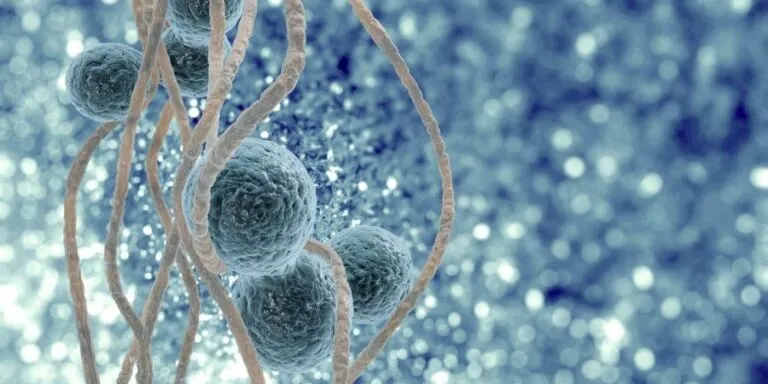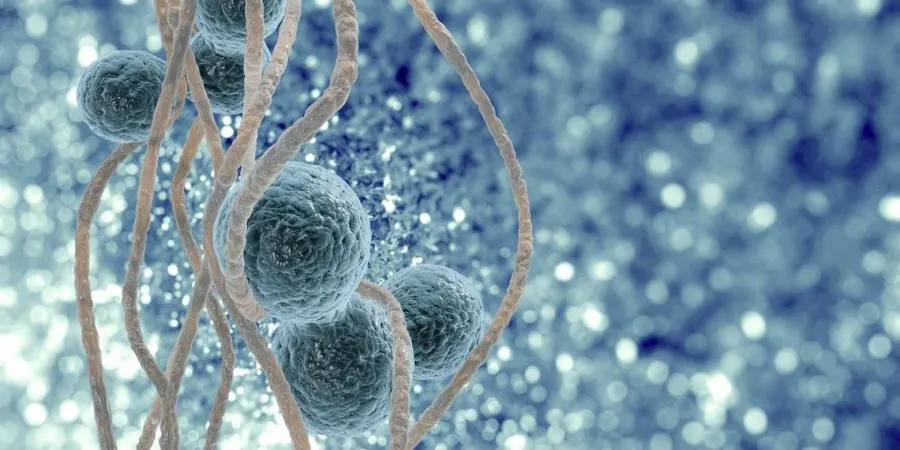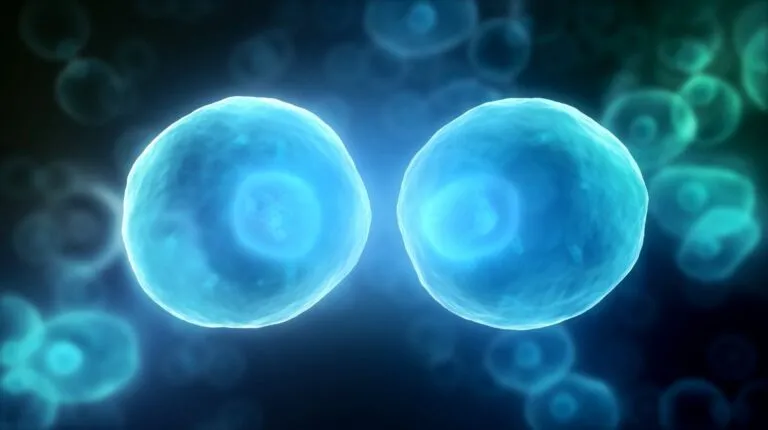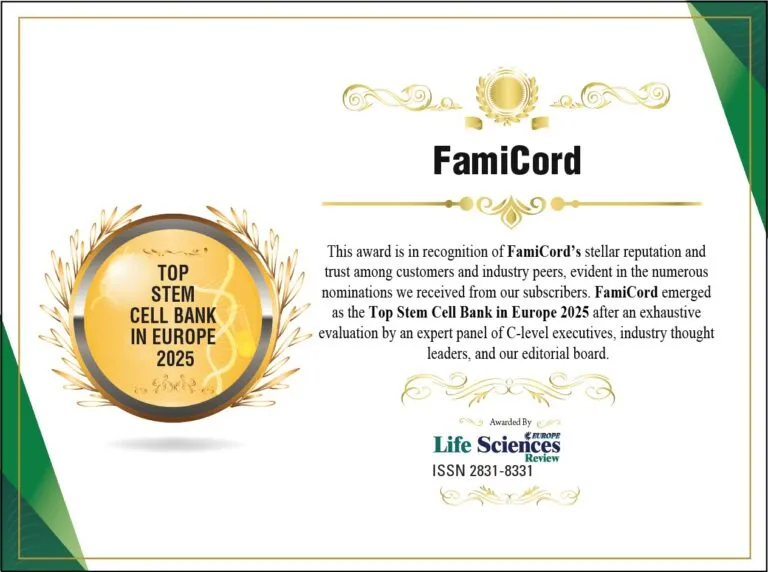Every one of these cells, those in your brain, lungs, liver, skin, and everywhere else, derives from a single pluripotent type of cell called a stem cell.This post is about how stem cells are going to change medicine forever, extend life, and potentially save your life in the years ahead.In this blog Singularity Hub talk about why it’s important to bank the cells of your newborn children or grandchildren — and potentially your own (no matter how old you are).In a recent Abundance 360 webinar, they had the chance to interview Dr. Robert (Bob) Hariri, one of the world’s foremost experts on stem cells.
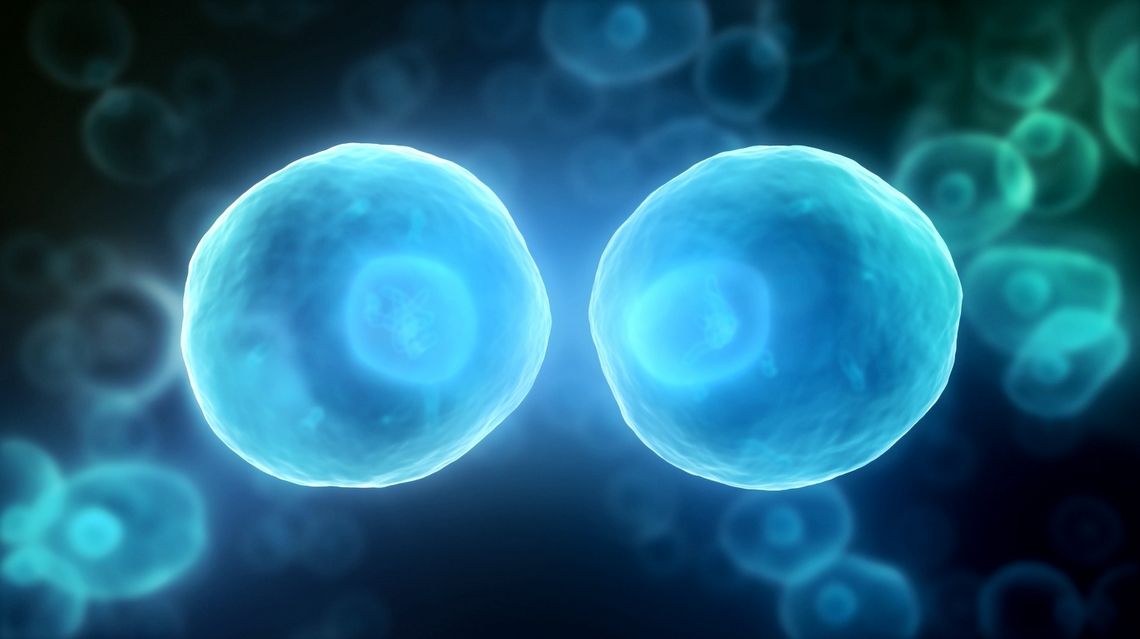
Stem cells are changing medicine forever, extending life, and can potentially save your life in the years ahead.
In this blog, Singularity Hub talk about why it’s important to bank the cells of your newborn children or grandchildren — and potentially your own (no matter how old you are).
In a recent Abundance 360 webinar, they had the chance to interview Dr. Robert (Bob) Hariri, one of the world’s foremost experts on stem cells. He’s the founder, chairman and chief science officer of Celgene Therapeutics, and the co-founder and vice-chairman of Human Longevity Inc. (HLI). Here is what we discussed.
WHAT ARE STEM CELLS?
Stem cells have the remarkable ability to “differentiate” into any other type of cell in the body.
Dr. Hariri explains, “At the beginning of life, a single nondescript cell with a giant nucleus, cytoplasm, and a cell membrane, goes on to replicate and create every cell in our body.
“This single cell contains within it the entire genetic code — the biological software — necessary to produce everything that ultimately defines each and every specialized cell type in the body.”
After our body has developed, among our tens of trillions of fully differentiated human cells (skin, heart, muscle, kidney) remain a population of quiescent stem cells waiting to be called into action to help repair damaged tissue. These stem cells reside everywhere: in our bone marrow, in our fat, and in every single tissue compartment.
And, as Dr. Hariri describes them, “they are nature’s perfect repair kit — ready to be mobilized and facilitate repair when needed.”
SO WHY DON’T WE LIVE FOREVER?
If we have the ability to constantly repair ourselves, what goes wrong? Why do we age?
Current theory says two things:
- First, we deplete our reserves of stem cells during the course of our lives.
- Second, our stem cells undergo various ‘epigenetic’ changes (insertions, deletions, mutations) over the course of life, making them less accurate and less adaptable.
Basically, the repairmen of our body die off and go senile.
HOW DO STEM CELLS WORK?
Normally during our youth, when we experience damage, stem cells are mobilized to the site of damage to effect repair. However, as mentioned above, this capability slows with aging.
But what if you could supplement or rejuvenate your supply of stem cells?
Today, in various locations around the world, researchers and physicians inject stem cells into areas of damage, and explore stem cell therapeutics around heart disease, brain disease, diabetes, cancer treatment, arthritis, spinal cord injuries, burns, macular degeneration, and much more.
The implications of this are staggering.
Of course, the challenge is getting the stem cells to inject in the first place. So where might they come from?
Two options:
- Many children today are having their stem cells “banked” or preserved at their birth (see below).
- You can actually have your own stem cells isolated from fat, bone marrow or your blood supply. The challenge here is that they may have already undergone epigenetic changes/mutations.
WHY AND WHEN TO BANK STEM CELLS?
“At your moment of birth, you are probably at the point of biological perfection. Your system hasn’t been exposed to all of those injurious stimuli, like electromagnetic radiation, chemicals, etc., and your biological software is uncorrupted.”
What if we could capture stem cells with our original, uncorrupted DNA at birth and then replicate them into a large number of future dosages and then freeze those doses, making them available for future injection to facilitate repair over the course of our lives?
This is one of the primary concepts, in addition to cord blood (the blood found in the umbilical cord of a newborn), the cord tissue of a newborn is very rich in stem cells.
WHERE IS THIS ALL HEADING?
There’s no question about the promise of stem cells, the question is how you rejuvenate the reparative engine of your body.
For those lucky enough to have had their stem cells banked at birth, these cells can be replicated and reintroduced later in life. The Holy Grail is to be able to isolate your own stem cells (at whatever age you are) and then repair their DNA to rejuvenate your stem cells back to their original software.
WHAT SHOULD WE DO NOW?
Get your children or grandchildren’s stem cells banked when they are born.
IN CONCLUSION…
As humans, we are living longer and we hope to live a healthy happy life. Banking your child’s stem cells is a precaution to live that happy life.
One hundred years ago, we accepted that most people live to age 50 or 60.
This decade we are developing the tools to understand how to extend the healthy human lifespan, and stem cells will be one key to help us get there.
Rate this article:



